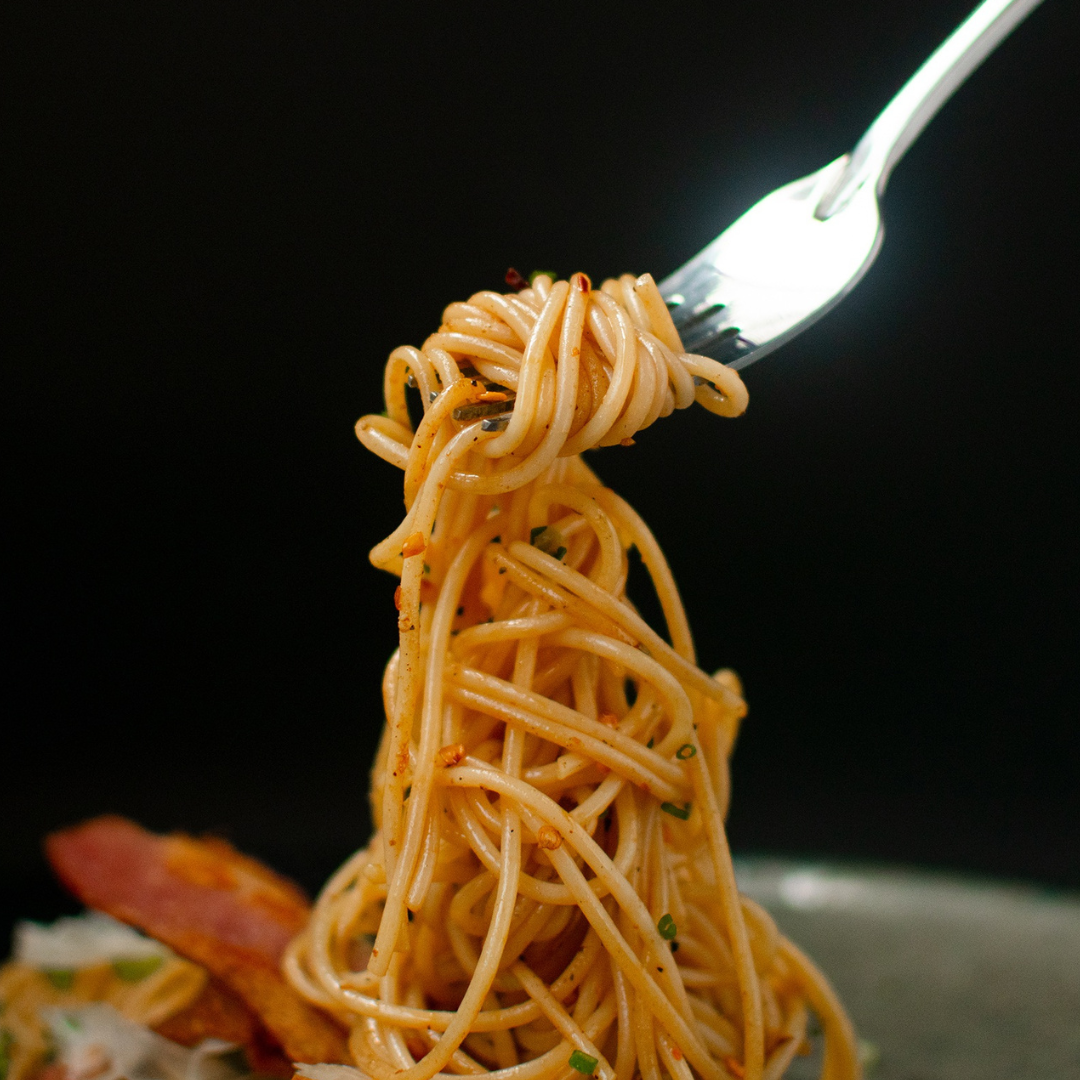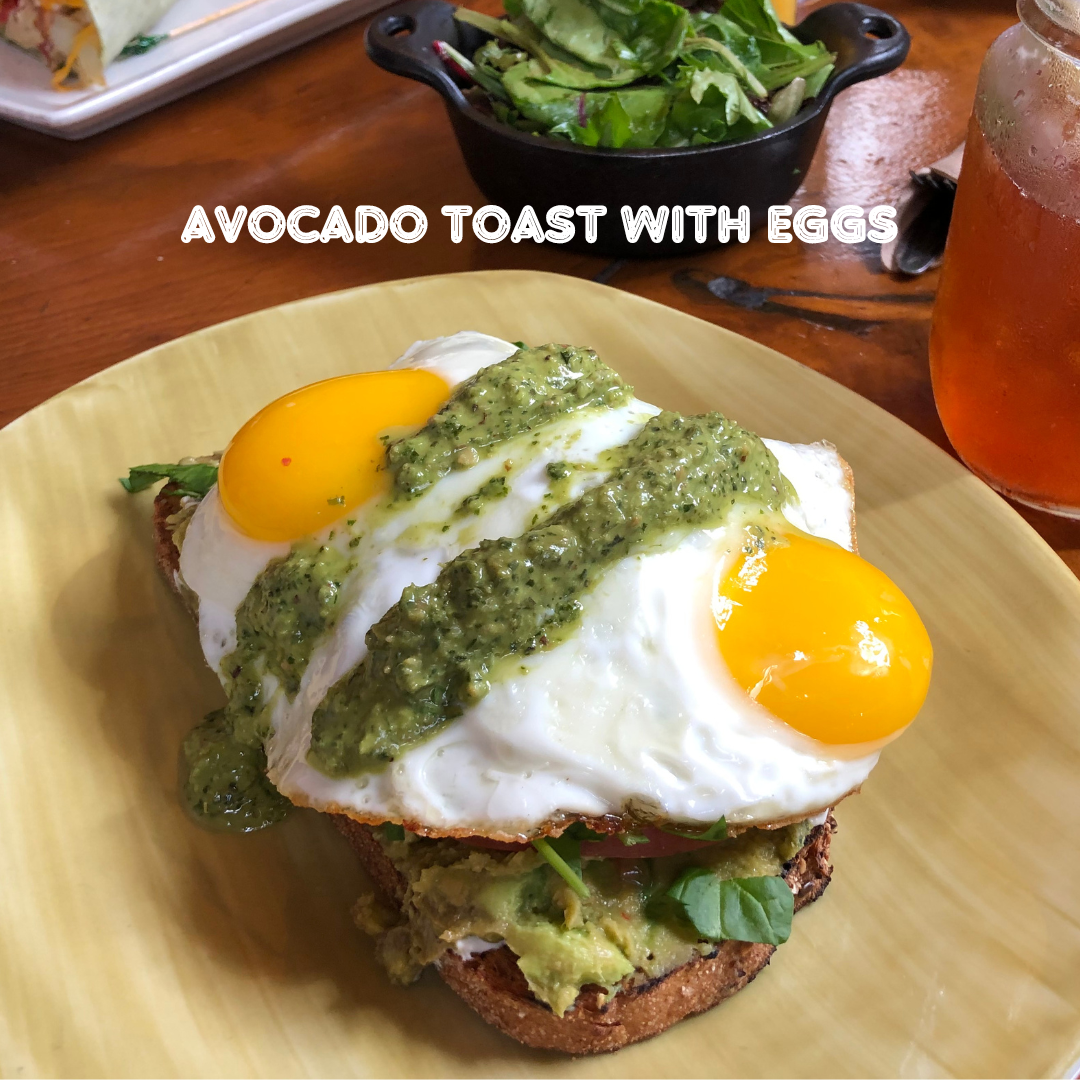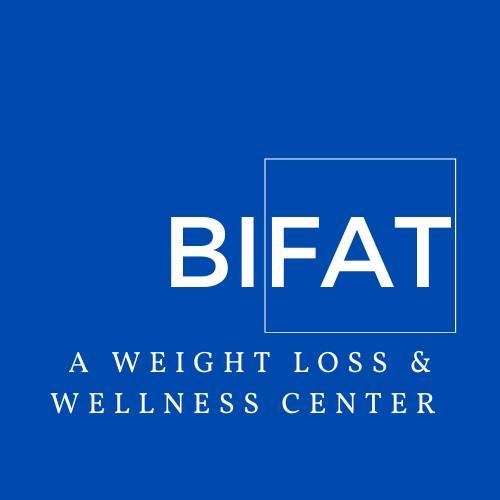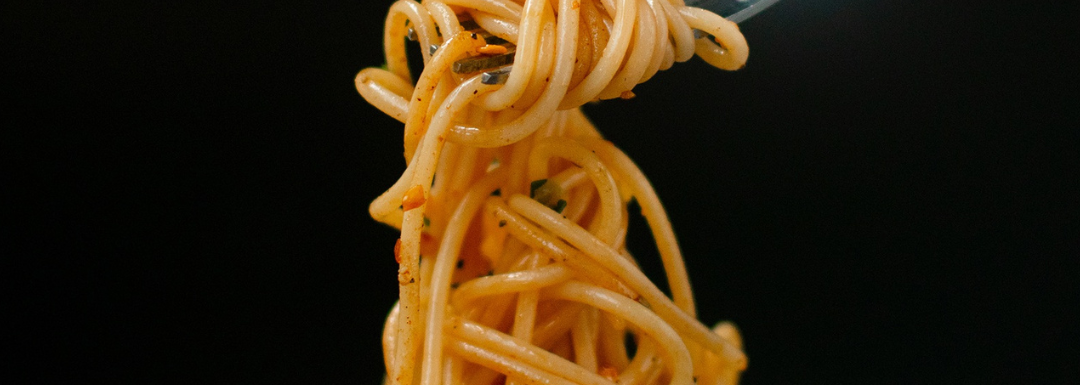Have you ever heard of “naked carbs”? It might sound strange, but understanding this concept can help you keep your blood sugar steady and avoid those afternoon energy crashes or weight gain. Let’s find out what naked carbs are and how eating your food in a certain order can help prevent sugar spikes.
What Are Naked Carbs?
“Naked carbs” are foods that contain only carbohydrates without any fiber, protein, or fat to go with them. These carbs get digested very quickly, which can cause your blood sugar to rise fast.
Examples of naked carbs include:
- Bread, bagels, and pizza dough
- Rice
- Pasta
- Sugary drinks such as soda or fruit juice
- Sugary baked goods such as cookies and cake
- Cereal
Because these foods are “naked” and digested quickly, they can make your blood sugar go up and down really fast. This can leave you feeling tired and hungry soon after eating.

Why Do Sugar Spikes Matter?
When your blood sugar goes up quickly after eating naked carbs, your body releases a lot of insulin to bring it back down. Doing this too often can make your body less sensitive to insulin, which can lead to health problems like type 2 diabetes and obesity. Plus, those sugar highs and lows can make you feel tired and grumpy.
How to Eat to Prevent Sugar Spikes
You can avoid sugar spikes by eating your food in a specific order. Here’s how:
- Start with Vegetables
Begin your meal with vegetables or foods high in fiber. Fiber slows down digestion, so your body absorbs sugar more slowly. Try eating a salad or some broccoli, bell peppers, or carrots first.
- Eat Proteins and Fats Next
After your veggies, have some protein and fats. These foods also slow down digestion. Think of lean meats like chicken, turkey, and fish; eggs, tofu, Greek yogurt, cottage cheese, nuts, avocados, and seeds. They help keep your blood sugar steady.
- End with Carbohydrates
Finally, eat your carbs. By the time you get to them, the other foods you’ve eaten will help slow down the conversion of carbs into sugar in your blood. Focus on complex carbs like whole grains (such as oats, brown rice, and quinoa), starchy vegetables (like sweet potatoes), and legumes (such as beans and lentils). These complex carbs break down into glucose, which your body uses for energy. Because they digest slowly, they help keep your blood sugar levels stable, avoiding spikes and crashes in energy.
It’s good to know that while fruits contain simple carbs, they also have fiber, a type of complex carb. The fiber in fruits and vegetables slows the digestion of carbs, helping to prevent rapid changes in blood sugar levels.
Simple Tips
- Pair Carbs with Protein or Fat: If you’re eating an apple, have some natural peanut butter, Greek yogurt, or cheese with it. This helps slow down the sugar absorption.
- Avoid Sugary Drinks: Drinks with a lot of sugar are pure naked carbs. Drink water or unsweetened tea instead.
- Plan Balanced Meals: Make sure your meals have a good mix of fiber, protein, and fat along with your carbs.
Example Meals:
Breakfast
Avoiding naked carbs: Instead of eating a plain bagel or a bowl of cereal alone, which are examples of naked carbs, include protein, fat, or fiber in your meal.
- Greek Yogurt with Berries and Nuts
- Carbs: Berries
- Protein: Greek yogurt
- Fat: Nuts (e.g., almonds, walnuts)
- Avocado Toast with Eggs
- Carbs: Whole-grain toast
- Protein: Eggs
- Fat: Avocado
- Oatmeal with Peanut Butter and Banana
- Carbs: Oatmeal, banana
- Protein: Peanut butter
- Fat: Peanut butter

Lunch
Avoiding naked carbs: Instead of having a plain pasta salad, add protein and vegetables to balance the meal.
- Chicken and Quinoa Salad
- Carbs: Quinoa
- Protein: Grilled chicken or grilled salmon
- Fiber and Fat: Mixed greens, olive oil dressing
- Turkey and Cheese Sandwich with Veggies
- Carbs: Whole-grain bread
- Protein: Turkey slices, cheese
- Fiber and Fat: Lettuce, tomato, avocado
- Lentil Soup with a Side Salad
- Carbs: Lentils
- Protein: Lentils
- Fiber and Fat: Side salad with a variety of vegetables, olive oil dressing
Dinner
Avoiding naked carbs: Instead of a plain rice dish, include protein and vegetables.
- Grilled Salmon with Brown Rice and Steamed Vegetables
- Carbs: Brown rice
- Protein: Grilled salmon
- Fiber and Fat: Steamed vegetables, olive oil drizzle
- Beef Stir-Fry with Vegetables and Quinoa
- Carbs: Quinoa
- Protein: Beef strips
- Fiber and Fat: Mixed stir-fry vegetables, sesame oil
- Chicken Fajitas with Peppers, Onions, and Black Beans
- Carbs: Whole-grain tortillas, black beans
- Protein: Grilled chicken
- Fiber and Fat: Peppers, onions, avocado slices
If you want to work with a dedicated healthcare provider to make meaningful changes to your nutrition habits, contact us at BIFAT Center. We’re here to help you take the first step to a new, healthier lifestyle.


Leave a Reply